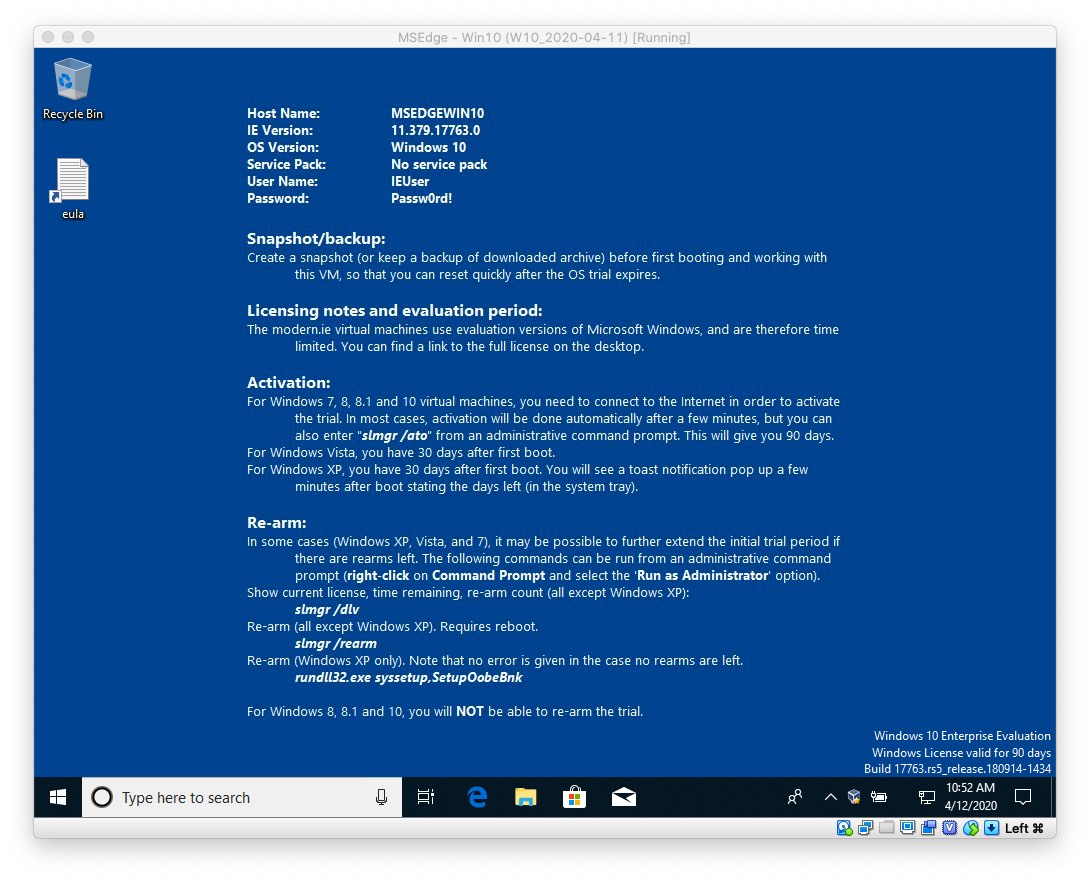


Most modern Windows 10 and Windows Server devices meet the hardware requirements for Hyper-V. Check your hardware meets the requirements Hyper-V supports Windows, Windows Server, and Linux guest operating systems. You can run multiple VMs at the same time, provided you have enough resources like disk space, RAM, and CPU capacity. Hyper-V is a hardware-based hypervisor that lets you run VMs in their own isolated spaces. If you want to run virtual machines (VM) on Windows 10, you’ll need to enable Hyper-V.

In this article, I’ll show you how to set up Hyper-V and how to install Windows 10 in a Hyper-V VM. You can think of it like running a computer inside a computer where the host is usually a physical device and the guest OS is virtual. Using a feature called Hyper-V, a hardware-based hypervisor for virtualization, you can install Windows 10 and other operating systems in VMs running in Windows 10. Windows 10 includes all the software you need to set up a virtual machine (VM).


 0 kommentar(er)
0 kommentar(er)
